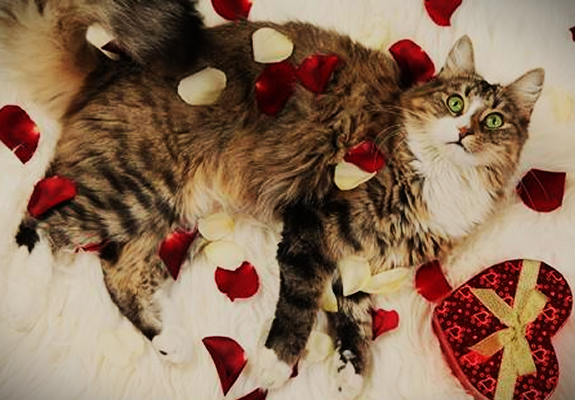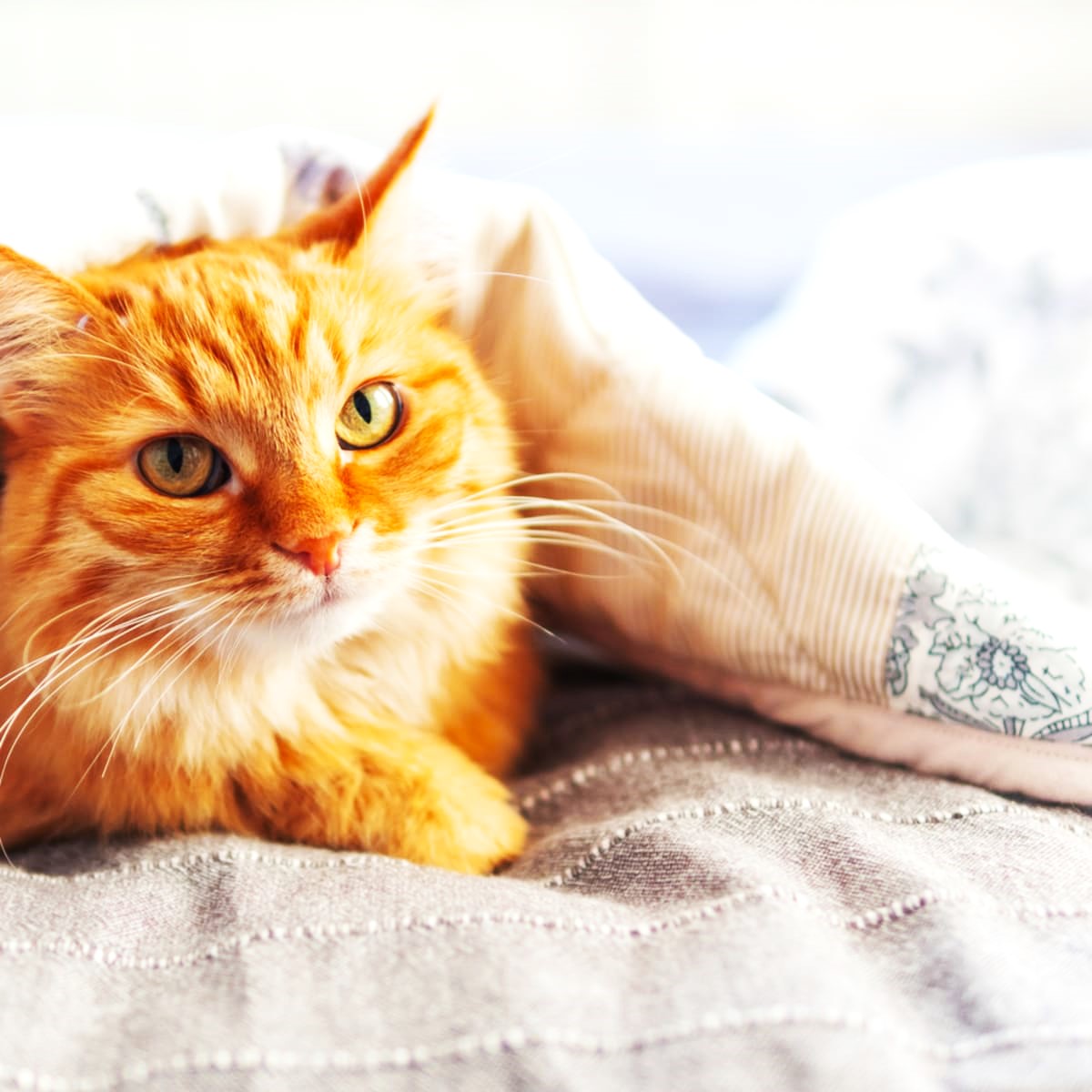If you are a cat lover, you most likely like to pet them. Many cats actively seek out pet attention because they enjoy it. Some people don’t want to be touched at all. As long as they get their way, most cats love to be petted. While no two cats are alike, there are some situations in which cats enjoy and find it unpleasant to be petted. The desire to pet a cat is influenced by their personality, past experiences, and bond with you.
Why Cats Enjoy Being Petted
Many cats find that petting from people is enjoyable for a few reasons. Cats frequently exchange scents and pheromones with one another through rubbing, nuzzling, and grooming. They might interact with humans by exhibiting similar behaviors. They are frequently expressions of affection and love. You are giving a cat love back when you pet them.
Mothers groom and cuddle their kittens to ensure their well-being. The hormone known as “love” (oxytocin) rises as a result of these actions. Both humans and cats experience an increase in oxytocin during loving interactions.
Because it feels nice, many cats like being petted. Some cats don’t want to be petted because it’s strange or uncomfortable. Cats may have a personal preference against being petted. It might also have to do with pain, fear, or a lack of socialization.
Cats are generally less willing to accept petting from strangers and more likely to enjoy being petted by people they trust.
The Right Way to Touch a Cat
Even though it might seem obvious, the last thing you should do is approach a cat without first determining its circumstances. When petting a cat, begin cautiously and observe the cat’s response.
- Before petting a cat that isn’t yours, find out from the owner if it is acceptable. Cats may react to strangers with fear or aggression because they frequently have mistrust for them.
- Find out if there are any sensitive or painful spots on the cat that you should stay away from. Find out if the cat has a favorite method of being petted.
- Permit the cat to come over to you initially. You might miss your chance to earn their trust if you chase after the cat.
- Gently extend your hand in a relaxed gesture; avoid putting it in close proximity to the cat’s face.
- Permit the cat to “explore” you by letting it smell your hand. Your hands or legs could be rubbed by the cat.
- Start by giving the cat gentle face-palm pats.
- Follow the cat’s lead. They might apply more force when rubbing against you, or they might even point your hand toward different body parts.
- If the cat appears tense or emits a high-pitched growl, hiss, or meow, stop petting them.
After you and the cat have gotten to know one another, you might want to try petting them in different places. Many cats like to be petted by reliable individuals in the following areas:
- The top of the head; the sides of the face
Neck; beneath the chin; along the body’s sides; on the shoulders; along the back, toward the tail
The cat may start to drool, knead, and purr if they are enjoying the petting. Note that stroking in some of these spots may cause a cat to feel content one minute, then exposed or agitated the next. While being petted, some cats will meow, hiss, growl, scratch, or bite out of the blue. We refer to this as petting-induced aggression or overstimulation aggression.
The cat may roll onto its side and reveal their belly if they are feeling particularly affectionate. This could indicate that the cat is at ease and content. Typically, it is not a request to touch their abdomen. Some cats, on the other hand, actually like having their bellies touched. You might want to try petting your cat there if that’s where they are, but be careful.
Some cats like to give you soft scratches, particularly if your fingernails are long. You should begin this action cautiously and observe the cat’s reaction.
Things to Stay Away From
It’s crucial to avoid touching “private” parts of cats, such as the genitalia and anus. Cats find it uncomfortable, and they might bite you as a result. Even if your cat shows you their behind, avoid petting these parts of their body.
While each cat will have different preferences, there are some areas that are better left untreated. The majority of cats do not want to be touched in the following areas, though there are always exceptions:
- Lower body;
- Legs and feet;
- Thighs
- Tail, particularly the tip
It’s also a good idea to refrain from picking up or hugging cats unless you have a close relationship with them and know they like it. It’s possible that your cat likes items that other cats don’t. Don’t assume that other cats feel the same way about the care you give them.
Caution
Before approaching a cat owner to pet their animal, always ask permission. If the cat seems resistant to being petted, stop petting it right away.
Indices Your Cat Is Not Ready to Be Petted
Cats communicate with people through a variety of signals. If you know what to look for, you might be able to tell when a cat is trying to tell you to stop petting it. If a cat exhibits one or more of the following reactions, do not attempt to pet them:
- Narrowing the eyes;
- Flapping the ears;
- Arching the back or stepping away from your hand
- Hissing, sobbing, high-pitched meowing, and growling;
- A tail that is swishing, puffed up with fur, or stiff and held high;
- Dashing away;
- Hiding
Just leave the cat alone if any of these behaviors are observed. They might get back to you after things have settled down.




